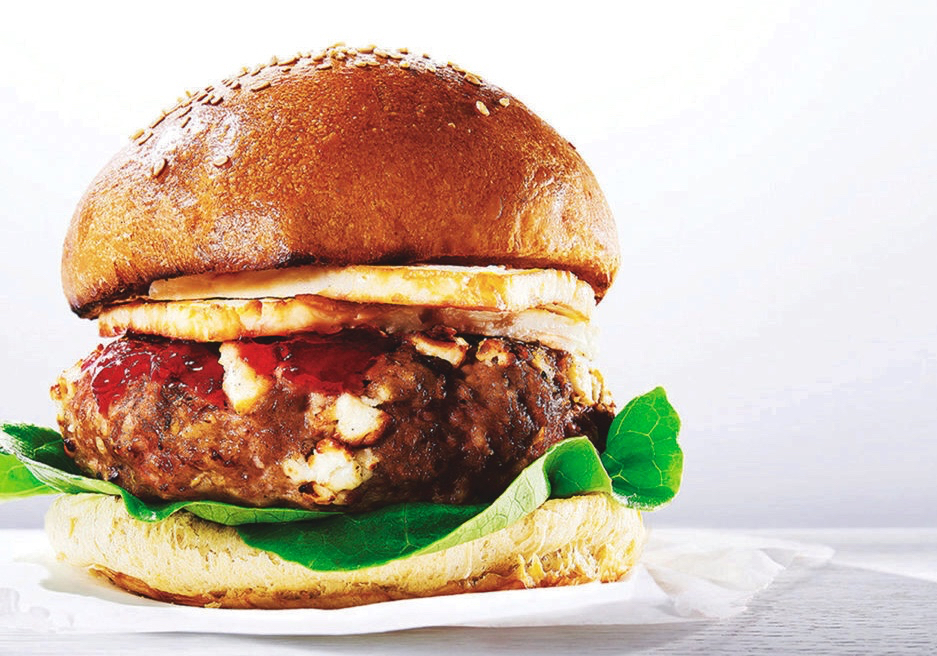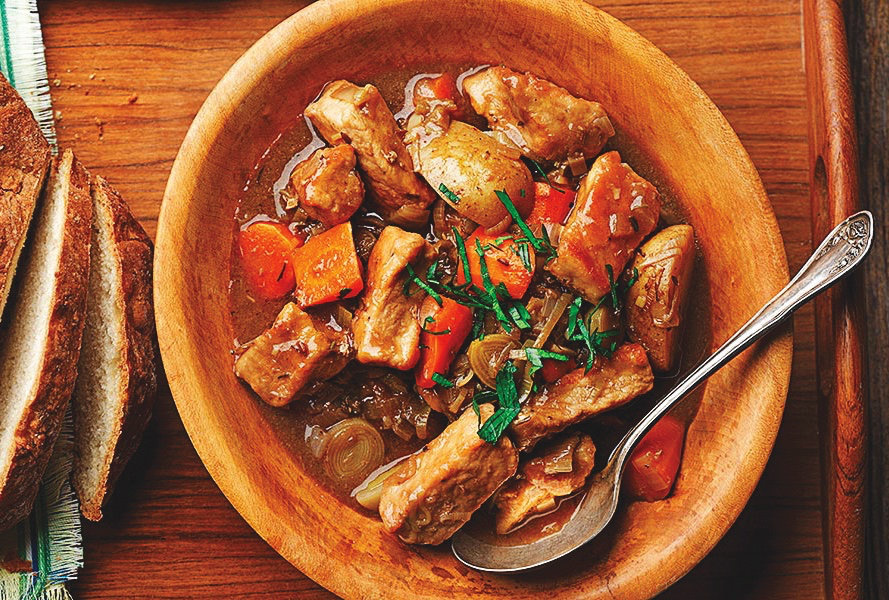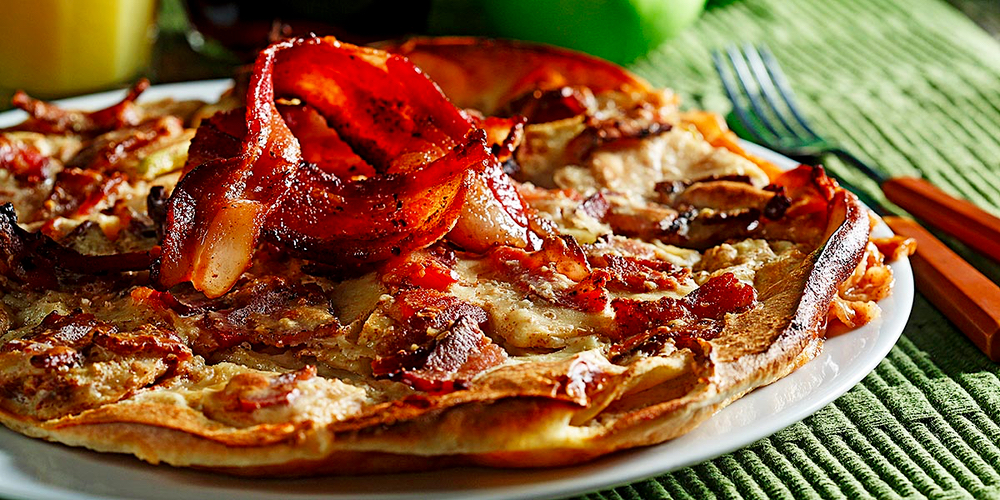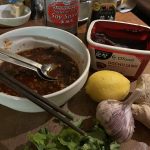If there’s one vegetable we take for granted it’s the potato. Despite being the most consumed vegetable in Canada, we rarely give potatoes a second thought.
Perhaps this is because they’re not as trendy and exotic as quinoa or avocados. Maybe it’s because we’re afraid they’re unhealthy. Or maybe, we’ve just fallen into a boiled potato rut. Whatever the case may be, with a fresh crop of potatoes in our larders, it’s time to take another look at this versatile, nourishing tuber.
Read Also
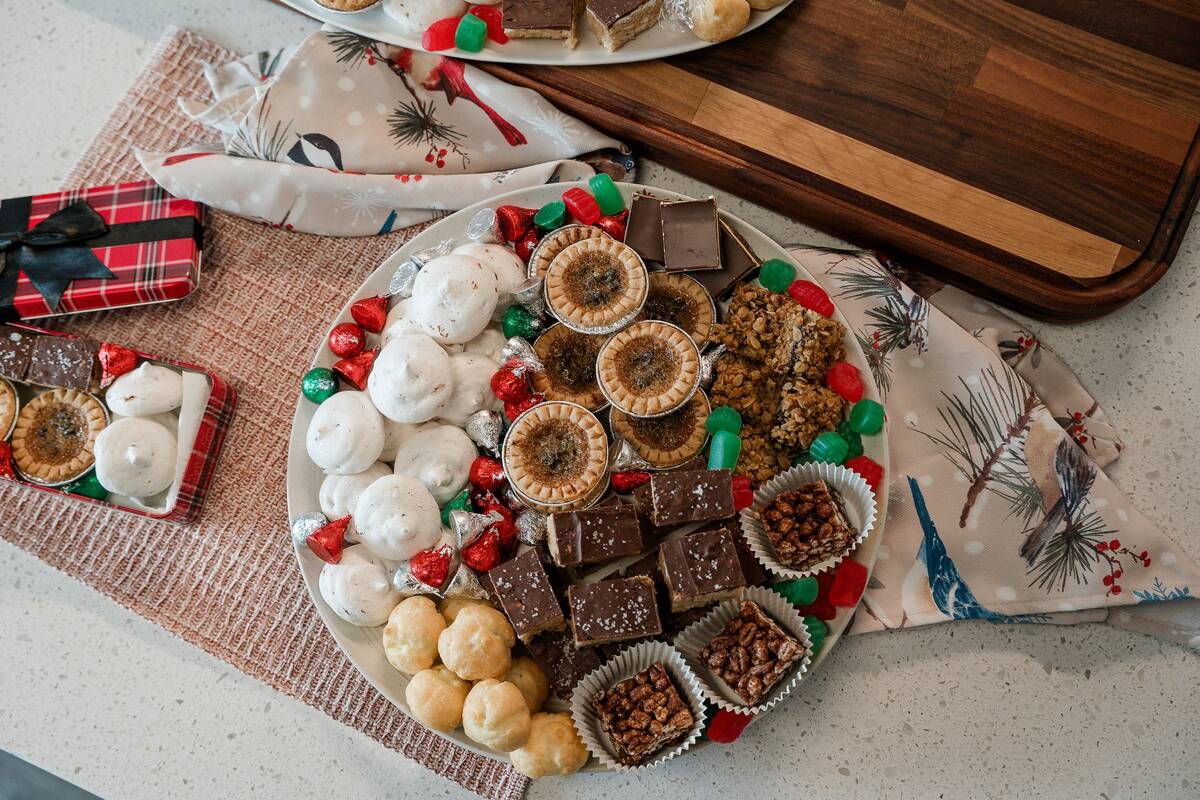
Your best (and easiest) holiday dainty tray
Make-ahead recipes, store-bought goodies and co-operation with friends and family: Here’s how to throw together a stunning, low-stress tray.
Contrary to what you might have heard, potatoes can be part of a healthy diet. One medium-size potato with the skin intact contains 110 calories, has more potassium than a banana, provides almost half our daily value of vitamin C and is a good source of vitamin B6 and fibre. As for the starch content, did you know, one baked potato has roughly the same amount of carbohydrates as a cup of cooked quinoa or pasta? So, there’s no need to shun potatoes. Just be conscientious about how many you’re eating at one time and how you’re preparing them. Hint, go for baked or roasted versus deep fried or covered in gravy and eat the skin whenever you can.
Potatoes are very versatile and can fit into just about any cooking style. To help you make the most of your spuds, here are a few pointers to consider when choosing, storing and cooking potatoes.
- Choose clean, dry, firm potatoes with no bruises or green spots.
- If you do happen to get any green patches, sprouts or black patches, remove them before cooking. The rest of the potato is fine to eat.
- Handle potatoes gently. They may look tough, but potatoes bruise easily and those bruises turn to dark patches.
- Keep potatoes in a dark, well-ventilated, cool (7-10 C) area. Too warm and your potatoes will sprout, shrivel and loose nutrients. But if they’re stored too cold you’ll get darkening and a slightly sweet off-flavour as the starch turns to sugar.
- Also, keep onions and potatoes separate or they’ll both deteriorate more quickly.
Red, white, or russet?
For many recipes, any potato will do. However, there are times when it’s worth considering the differences between varieties. The key factor being the starch content that determines how well a potato holds its shape after cooking.
Starchy potatoes like russets are dry, fluffy and absorbent with a skin that crisps up nicely when fried or baked. They’re also great for mashed potatoes. Waxy potatoes like red potatoes have a smooth texture that hold their shape quite well when cooked. They’re best for dishes like scalloped or au gratin potatoes, potato salad, soups or stews.
Darkening after cooking
Have you had beautiful potatoes turn dark after cooking? It may be because potatoes were stored too cool. Or, it may be due to acid and mineral imbalances within the potato, due to growing and soil conditions. These imbalances cause cooked potatoes to turn bluish/black when exposed to air. It happens in homes and commercial settings across the globe. While food-processing companies use sodium acid pyrophosphate to control darkening, for home cooks the solution is unclear. The best option is to work quickly to minimize exposure of cooked potatoes to air. Keep covered or coat them quickly with spices, broth, butter or acid. If all else fails, choose a different potato variety next time.
Below are a few tasty recipes for enjoying potatoes.
Potato cauliflower curry

Thanks to Rita Bisht of Carman for introducing me to the wonderful world of Indian spices.
- 4 medium red potatoes
- 1 head small cauliflower
- 2 tbsp. canola oil
- 1 tsp. black mustard seed
- 1 tsp. cumin seed
- 1 small onion, chopped
- 1-2 green chilies, finely chopped
- 1 tsp. coriander powder
- 1 tsp. turmeric powder
- 1 tsp. cumin powder
- 1/2 tsp. garam masala
- 2 tbsp. grated fresh ginger
- 1 tsp. salt
- 1 c. chopped tomatoes, fresh or canned
- 1/2 c. yogurt
- 2 tbsp. chopped, fresh cilantro or green onions
Wash, peel and cut potatoes into 1/2-inch cubes. Place in pot, cover with water and bring to boil over medium-high heat. Cook uncovered, until just tender 8 to 10 minutes. Drain and set aside.
Trim, wash and cut cauliflower into small florets. In pot with steam basket and 3 inches of water, steam cauliflower for 5 to 7 minutes. Remove cauliflower and set aside.
In large, heavy pot, heat canola oil over medium-high heat.
Add cumin and mustard seed and sauté until fragrant and starting to pop, about 30 seconds.
Add onion and green chilies and sauté until onions are translucent, about 2 minutes.
Add coriander, turmeric, cumin, garam masala, ginger and salt; sauté for 1 minute.
Add tomatoes (add 1/2 cup (125 ml) water if using fresh tomatoes), loosen any browned bits and cook for 5 minutes. Stir in yogurt.
Mix in potatoes and cauliflower. Cook for 5 minutes over low heat.
Taste and adjust seasoning. For a thinner curry, add water to reach desired consistency.
Remove from heat, garnish with chopped cilantro.
Yield: 8 servings. Serving size: 1 cup (250 ml). Source: gettystewart.com
Make-ahead mashed potatoes
This recipe can be stored in the fridge or freezer to save time on hectic days or special occasions.
- 6 russet potatoes
- 2 tbsp. butter
- 1 tsp. salt (divided)
- 1/4 c. milk
- 3/4 c. sour cream (not less than 7 per cent fat)
- 1/4 c. chopped green onions
- 1/4 tsp. pepper
- 1/2 tsp. paprika
Wash, peel and cut potatoes into 3/4-inch pieces.
Place in large pot and cover potatoes with cold water. Add 1/2 tsp. salt to water. Cover with lid.
Bring potatoes to boil, reduce heat and boil lightly for 15-20 minutes or until fork tender.
Drain potatoes well to remove all water.
Add butter to potatoes and let melt. Stir to coat all potatoes.
Mash potatoes using a masher or potato ricer.
Incorporate 1/4 cup milk during the final few mashes.
Stir in sour cream, green onions, 1/2 tsp. salt and pepper until well mixed.
Grease a 2-quart casserole dish. Add potatoes.
Bake uncovered in a 350 F oven for 45 to 50 minutes until heated through. Sprinkle with paprika before serving.
Store in fridge for up to 2 days before baking or in freezer for 3 months. If frozen, thaw overnight in fridge and bake an additional 20-25 minutes as needed.
Serves 4-6 people. Source: gettystewart.com






